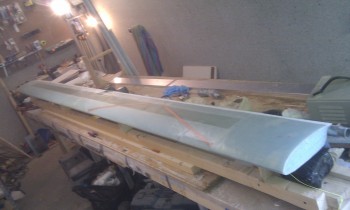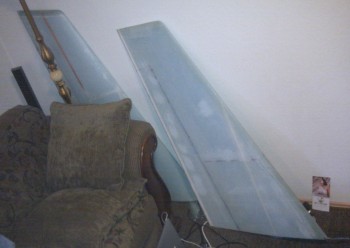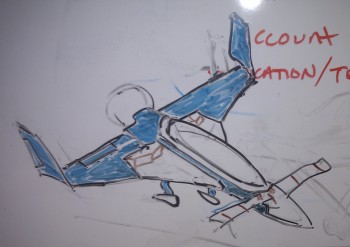I was putting together my last big Aircraft Spruce order before I left the Middle East to head back to the States and got to the spot where I needed to order my SAF-AIR oil drain valve. I mean everyone uses SAF-AIR right?! But man, oh man, are these things expensive! I decided to do a bit more research to see if there were any alternatives out there. Well, as you all know I spend a lot of time checking out what our RV brethren are doing over on the VAF site. There I found a bunch of RV’ers singing the praises of an oil drain valve that is used in just about every type, make and model of vehicle around the world… from huge mega dump trucks to Caterpillar tractors to, well, uh, airplanes!
The valve they were talking about was the Fumoto oil drain valve that carries all the features of the SAF-AIR oil drain valve: it has a quick drain lever and a nipple attachment to allow permanent or temporary mounting of a hose to help in directing the oil flow while draining. It got rave reviews from both the VAF folks, and by just about everyone else that has ever used one. Maybe one of the best features of the Fumoto oil drain valve is the price. I found it on Amazon for way less than half the price of the equivalent SAF-AIR valve. Another thing it got high marks on feedback from its users was that it doesn’t leak or drip!
One thing I was concerned about was weight. Since the Fumoto valve is virtually all brass, while the SAF-AIR is aluminum & stainless steel, my initial thought was that the Fumoto might be significantly heavier. But much to my surprise (and delight) the Fumoto is almost exactly the same weight (literally within a few grams) as the SAF-AIR valve. With that knowledge in hand I pulled the trigger and ordered my new oil drain valve. I also ordered one for my truck while I was at it.








